This is obviously the scenario where you should be using CardLayout. Here instead of opening two JFrame, what you can do is simply change the JPanels using CardLayout.
And the code that is responsible for creating and displaying your GUI should be inside the SwingUtilities.invokeLater(...); method for it to be Thread Safe. For More Info you have to read about Concurrency in Swing.
But if you want to stick to your approach, here is a Sample Code for your Help.
import java.awt.*;
import java.awt.event.*;
import javax.swing.*;
public class TwoFrames
{
private JFrame frame1, frame2;
private ActionListener action;
private JButton showButton, hideButton;
public void createAndDisplayGUI()
{
frame1 = new JFrame("FRAME 1");
frame1.setDefaultCloseOperation(JFrame.EXIT_ON_CLOSE);
frame1.setLocationByPlatform(true);
JPanel contentPane1 = new JPanel();
contentPane1.setBackground(Color.BLUE);
showButton = new JButton("OPEN FRAME 2");
hideButton = new JButton("HIDE FRAME 2");
action = new ActionListener()
{
public void actionPerformed(ActionEvent ae)
{
JButton button = (JButton) ae.getSource();
/*
* If this button is clicked, we will create a new JFrame,
* and hide the previous one.
*/
if (button == showButton)
{
frame2 = new JFrame("FRAME 2");
frame2.setDefaultCloseOperation(JFrame.EXIT_ON_CLOSE);
frame2.setLocationByPlatform(true);
JPanel contentPane2 = new JPanel();
contentPane2.setBackground(Color.DARK_GRAY);
contentPane2.add(hideButton);
frame2.getContentPane().add(contentPane2);
frame2.setSize(300, 300);
frame2.setVisible(true);
frame1.setVisible(false);
}
/*
* Here we will dispose the previous frame,
* show the previous JFrame.
*/
else if (button == hideButton)
{
frame1.setVisible(true);
frame2.setVisible(false);
frame2.dispose();
}
}
};
showButton.addActionListener(action);
hideButton.addActionListener(action);
contentPane1.add(showButton);
frame1.getContentPane().add(contentPane1);
frame1.setSize(300, 300);
frame1.setVisible(true);
}
public static void main(String... args)
{
/*
* Here we are Scheduling a JOB for Event Dispatcher
* Thread. The code which is responsible for creating
* and displaying our GUI or call to the method which
* is responsible for creating and displaying your GUI
* goes into this SwingUtilities.invokeLater(...) thingy.
*/
SwingUtilities.invokeLater(new Runnable()
{
public void run()
{
new TwoFrames().createAndDisplayGUI();
}
});
}
}
And the output will be :
 and
and 


 and
and 
